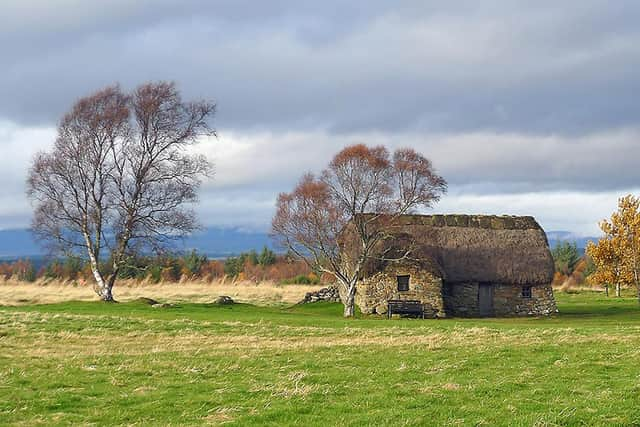Culloden: Archaeologists open new ground in search for battle clues
Several areas of interest are being opened up, including the area where the left wing of the second line of Government troops assembled on April 16, 1746.
Archaeologists from National Trust for Scotland, the custodians of the site, have opened up a number of test pits with military historian Professor Chris Duffy, a respected authority on the battle, advising on old maps and drawings.


Advertisement
Hide AdAdvertisement
Hide AdThe test pits sit to the east of Old Leanach Cottage with it hoped items such as buckles, buttons, lead musket and pistol shot - perhaps dropped by Government troops or Jacobite shots that passed through or over the Redcoats in the front line – may emerge.
Raoul Curtis Machin, Operations Manager at Culloden Battlefield and Visitor Centre, said: "The team are really excited about the dig.
"They are passionate about the history of Culloden Battlefield and are always learning new things about this amazing site which we can then share with the public who care so deeply about this important place.
“We are at a fascinating stage where the fusion of archaeological and historical research will more accurately explain the events of 275 years ago, giving us a greater insight into a place which the National Trust for Scotland is proud to play its part in protecting."
The work is being funded by the trust’s Culloden Fighting Fund, which was set up in part to increase detailed information about the battle site given a growing number of planning applications for the Culloden area.
National Trust for Scotland only owns one third of the 1746 battleground with a patchwork of different landowners holding the rest of the historic area.
Earlier this year, a new battlefield map was produced using the latest LIDAR (light detection and ranging) technology, which was able to peel away changes to the landscape over time to see how it appeared as troops came face-to-face, shortly after 1pm on the day of the battle.
The archaeological work also builds on recent investigations in the Field of the English, using metal detecting and geophysical survey work, close to the position of the Government first line.
Advertisement
Hide AdAdvertisement
Hide AdDigital and drone photography will be used to produce 3D models of the Culloden monument, the clan gravestones and other battlefield markers.
In particular, a model will be captured of the Cumberland Stone, an enormous boulder which lies at the far eastern end of the battlefield.
The stone is where the Duke of Cumberland, leading the Government troops, is traditionally reported to have eaten a meal on the day of the battle, which ended in a heavy Jacobite defeat on the field, the end of the 1745 Jacobite rising and brutal repercussions for those who fought for – and supported – Bonnie Prince Charlie’s bid to return his Stuart family line to the British throne.
Members of the public are invited to discuss the dig as it progresses with an open day at the site on Saturday, October 30, from 10am-4pm.
A message from the Editor:
Thank you for reading this article. We're more reliant on your support than ever as the shift in consumer habits brought about by coronavirus impacts our advertisers.
If you haven't already, please consider supporting our trusted, fact-checked journalism by taking out a digital subscription.
Comments
Want to join the conversation? Please or to comment on this article.
